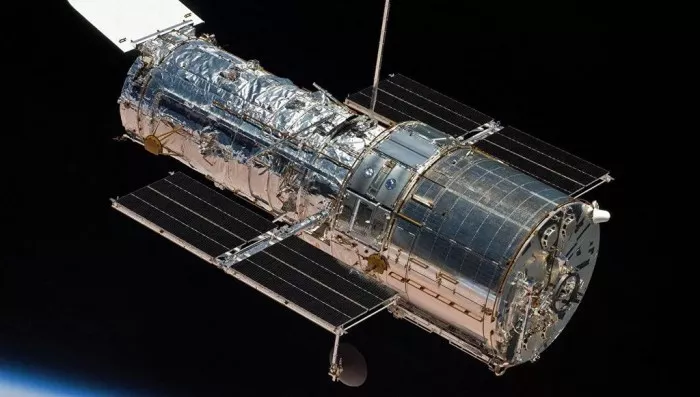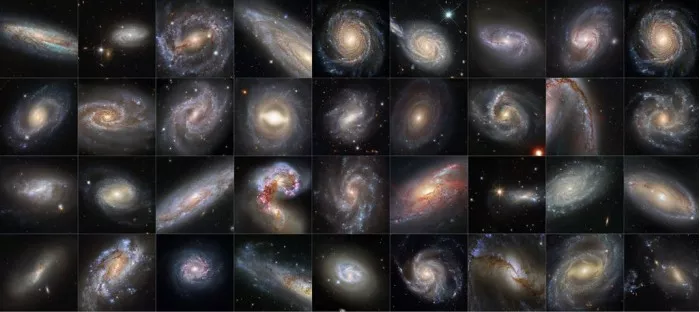NASA) A report released recently can be described as the most commendable "masterpiece" of the Hubble Space Telescope The new study analyzes 30 years of data from the famous space telescope and makes the most accurate measurement of the speed of cosmic expansion.

In the field of astronomy, the universe is surging, which has been recognized by the industry. This is largely due to Hubble's observation of galaxies. The farther away they are from us, the faster they move. The speed at which they move, relative to their distance from the earth, is a number called the Hubble constant. Measuring this value is one of the main tasks of the space telescope of the same name.
To measure the Hubble constant, astronomers studied the distance from an object of known brightness - so that the darker it looks, the farther it is. For relatively close objects in or near our Milky Way galaxy, this role is replaced by Cepheid, a class of stars pulsating in a predictable pattern. For further distances, astronomers use so-called type Ia supernovae - Cosmic explosions with clear peak brightness.
Over the past few decades, measurements of these objects have enabled astronomers to calculate the Hubble constant at about 70 kilometers (43.5 miles) per megasecond per second (/ S / MPC). In essence, galaxies at a distance of 1 megasecond (about 3.3 million light-years) from the earth will move at a speed of 70 kilometers per second, and this speed will increase at a speed of 70 kilometers per second every time they leave the 1 megasecond gap.

For this new study, a team of scientists has now collected and analyzed the most comprehensive catalogue of these objects so far to make the most accurate measurement of Hubble constant. This was done by studying 42 galaxies containing Cepheid variables and type Ia supernovae, as photographed by Hubble over the past 30 years.
Adam Rees, the team's chief scientist, said: "this is the purpose of the Hubble Space Telescope, using the best technology we know to do this. This may be a masterpiece of Hubble, because it will take another 30 years. The lifetime of the Hubble telescope can even double the sample size.".
Based on this work, the team calculated a Hubble constant of 73 km / S / MPC (45.4 miles), or only 1 km / S / MPC (0.6 miles). This reduces the uncertainty to only 1.4%, which is much more accurate than other measurements. This new precision can help astronomers improve cosmological models, including better estimates of the age of the universe and what may happen in the future.
This report is published in the Astrophysical Journal (PDF).